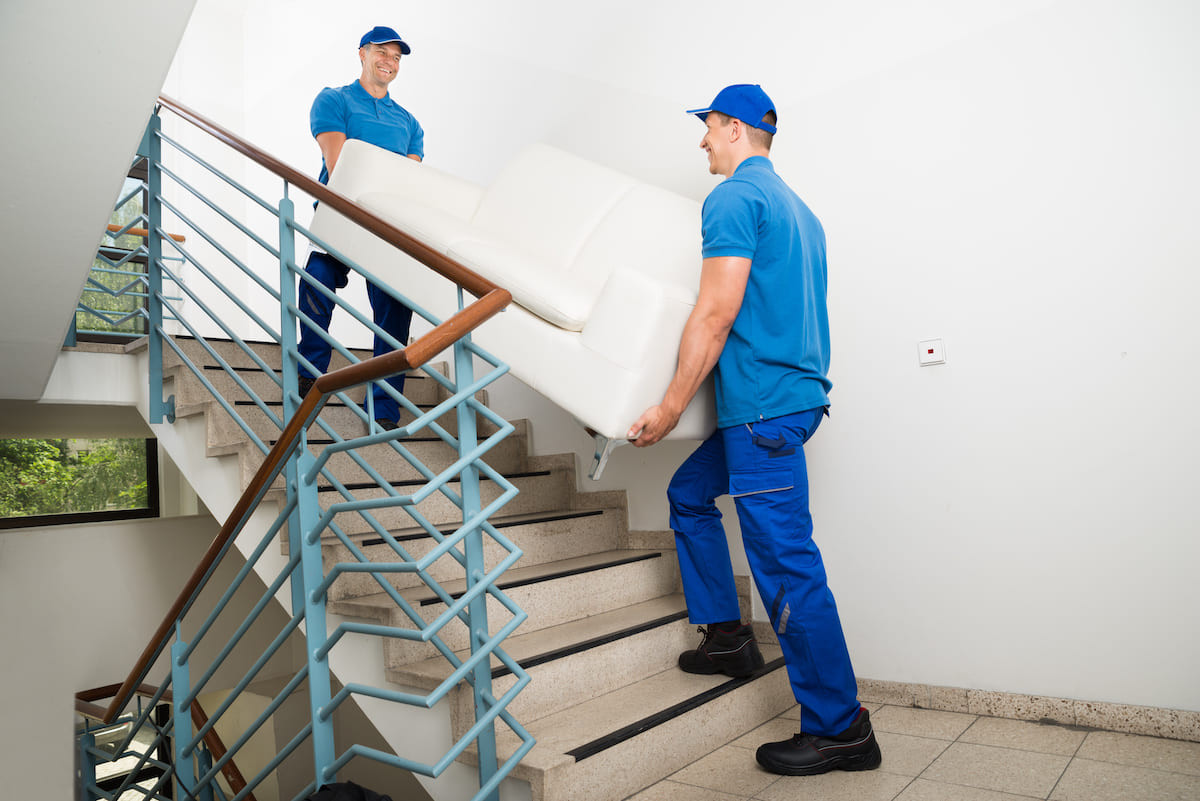

Articles
How To Carry Something Heavy Up Stairs
Modified: December 7, 2023
Learn how to safely carry heavy objects up stairs with our informative articles. Discover tips and techniques to avoid injury and make the process easier.
(Many of the links in this article redirect to a specific reviewed product. Your purchase of these products through affiliate links helps to generate commission for Storables.com, at no extra cost. Learn more)
Introduction
Carrying something heavy up stairs can be a challenging task, requiring a combination of strength, technique, and caution. Whether you are moving furniture, boxes, or any other bulky item, it is important to approach the task safely to avoid injury and potential damage to the object being transported.
In this article, we will provide you with a step-by-step guide on how to effectively carry something heavy up stairs. By following these tips and techniques, you can make the process more manageable, reduce the risk of accidents, and protect your back and muscles from strain.
Before we jump into the details, it’s important to note that carrying heavy items up stairs can be physically demanding. If you have any pre-existing medical conditions or concerns about your physical capabilities, it is recommended to seek assistance from a professional mover or ask for help from friends or family.
With that said, let’s dive into the first step of carrying something heavy up stairs: assessing the weight and stability of the item.
Key Takeaways:
- Assess the weight, clear the pathway, and choose the right carrying technique to safely transport heavy items up stairs. Prioritize safety, take breaks, and seek assistance if needed for a successful and injury-free process.
- Maintain a secure grip, bend your knees, and move slowly while navigating the stairs. Don’t hesitate to ask for help or use equipment to minimize physical strain and ensure a smooth and efficient transport.
Read more: How To Carry Mattress Up Stairs
Assess the Weight and Stability
Before attempting to carry something heavy up stairs, it is crucial to assess the weight and stability of the item. This will help you determine the most appropriate approach and ensure your safety during the process.
First and foremost, take a moment to estimate the weight of the object. Consider its size, materials, and overall density. If it feels too heavy to carry alone, don’t hesitate to seek assistance.
Additionally, evaluate the stability and balance of the item. If it is top-heavy or has loose components, it may pose a greater risk during transportation. Take note of any parts that might shift or move while carrying, as this can affect your stability and make the task more challenging.
Once you have assessed the weight and stability, it’s time to move on to the next step: clearing the pathway.
Clear the Pathway
Before you begin carrying something heavy up stairs, it is essential to clear the pathway to ensure a safe and unobstructed route. This step will help minimize the risk of tripping or stumbling while transporting the item.
Start by removing any obstacles such as rugs, toys, or small pieces of furniture that may hinder your progress. Clearing the pathway will provide you with a clear line of sight and help prevent any potential accidents.
Pay close attention to the condition of the stairs themselves. Look out for loose steps, cracked surfaces, or any other structural issues that could pose a hazard. If you notice any damage, contact the appropriate person or organization to have the stairs repaired before proceeding.
Additionally, if there are narrow spaces or tight corners along the path, ensure that the item you are carrying can fit through without difficulty. If necessary, remove any doors or furniture that may obstruct your way.
By taking the time to clear the pathway, you will create a safer environment and reduce the chances of accidents or damage to both yourself and the item you are carrying. With the path clear, you can now move on to the next step: deciding on the carrying technique.
Decide on the Carrying Technique
When it comes to carrying something heavy up stairs, there are different techniques you can choose from, depending on the size, shape, and weight distribution of the item. It’s important to select the most appropriate technique to ensure a safe and efficient transport.
One common technique is the “one-arm carry.” This method involves gripping the item firmly with one hand while using the other hand to hold onto a stable handrail or wall for balance. This technique works well for smaller, lighter items that can be comfortably carried with one hand.
Another technique is the “two-person carry.” This method is suitable for larger and heavier items that require the strength and coordination of two individuals. Both people should position themselves on either side of the object, grasp it securely, and move in sync while ascending the stairs.
For especially bulky and heavy objects, the “shoulder carry” technique may be more suitable. In this approach, the weight is supported by resting the item on your shoulder while using your hands to stabilize and guide it as you climb the stairs. This technique provides stability and allows for better control of the object’s movement.
When deciding on the carrying technique, consider your own physical capabilities, the weight and size of the item, and any potential obstacles along the staircase. With the appropriate technique chosen, you can now proceed to the next step: getting a good grip on the item.
Get a Good Grip
Having a secure and firm grip on the item you are carrying is crucial for maintaining control and stability as you ascend the stairs. Before lifting the heavy object, ensure that you have a good grip to minimize the risk of dropping or losing control of the item.
Start by examining the object to identify areas where you can safely grip it. Look for sturdy handles, edges, or any other parts that provide a secure hold. If there are no designated handles, use your hands to create a stable grip by positioning your palms and fingers around the object in a way that feels comfortable and secure.
When gripping the item, avoid using only your fingertips, as this can make it easier for the item to slip out of your hands. Instead, engage your entire hand and fingers to maintain a strong hold.
If the object has a slippery surface or is prone to slipping, consider using gloves or wrapping it in a non-slip material such as a towel or rubber mat. This additional layer of grip can provide extra security and prevent the item from sliding or shifting during transportation.
Remember, a solid grip is crucial for maintaining balance and control as you navigate the stairs. With a confident hold on the item, you are now ready to move on to the next step: bending your knees.
When carrying something heavy up stairs, use proper lifting techniques by bending your knees, keeping your back straight, and using your legs to lift. Take small, slow steps and use handrails for support if available.
Read more: How To Hang Something Heavy From The Ceiling
Bend Your Knees
When carrying something heavy up stairs, it is essential to maintain proper body mechanics to avoid strain and reduce the risk of injury. One key aspect of proper body mechanics is bending your knees during the lifting process.
Before you start ascending the stairs, position yourself in front of the item with your feet shoulder-width apart. To lift the object, begin by bending your knees and squatting down, keeping your back straight and your core engaged.
Bending your knees serves several purposes. Firstly, it helps shift the weight of the item onto your legs and glutes, which are stronger and more capable of handling heavy loads compared to your back muscles. By using your lower body strength, you can minimize the strain on your back.
Secondly, bending your knees allows you to maintain better balance and stability. This is especially important when navigating the stairs as it lowers your center of gravity and provides a solid base of support.
As you bend your knees, make sure to keep your back straight and avoid leaning forward or backward. Leaning forward can put excess strain on your back, while leaning backward can throw off your balance and increase the risk of falling.
By consistently practicing the habit of bending your knees when carrying heavy items up stairs, you can protect your back and reduce the risk of strain or injury. With your knees bent, you are now ready to proceed to the next step: lifting and holding the item securely.
Lift and Hold the Item Securely
As you begin the process of lifting your heavy item up the stairs, it is crucial to do so with proper technique and a focus on maintaining a secure hold. This step will help ensure both your safety and the integrity of the item you are carrying.
Once you have positioned yourself with your knees bent and a good grip on the item, use your leg muscles to push yourself up, lifting the object off the ground. As you lift, engage your core muscles to provide stability and support to your back.
Be mindful of the weight distribution of the item and try to keep it as close to your body as possible. This will help you maintain balance and control, reducing the strain on your arms and upper body.
While lifting, avoid any sudden or jerky movements as they can throw off your balance and increase the risk of dropping the item. Lift with controlled and smooth motions, keeping your wrists straight and arms close to your body.
Once the item is lifted, be sure to maintain a secure hold throughout the entire ascent. Avoid swinging or twisting the object, as this can create instability and make it harder to navigate the stairs safely.
It’s important to note that if at any point you feel that the item is too heavy or that you are losing control, it is better to pause and readjust rather than risking injury. Taking breaks and readjusting your grip as needed will ensure a safer and more controlled ascent.
With the item securely lifted and held, you are ready to move on to the next step: taking small steps and moving slowly.
Take Small Steps and Move Slowly
As you navigate the stairs with a heavy item in hand, it is crucial to prioritize caution and stability. Taking small steps and moving slowly will help you maintain control, reduce the strain on your body, and minimize the risk of accidents.
With each step, focus on maintaining your balance and distributing the weight of the item evenly. Avoid rushing or trying to take large strides, as this can throw off your balance and increase the risk of stumbling or tripping.
Instead, take small, deliberate steps, placing your feet firmly on each step before moving to the next. This allows you to maintain stability and control throughout the entire ascent.
Be mindful of your surroundings while climbing the stairs. Take note of any potential obstacles or uneven surfaces and adjust your movements accordingly. If necessary, use your free hand to hold onto the handrail or a stable object for added stability.
Keep your focus on maintaining a steady pace rather than trying to rush the process. Moving slowly allows you to react to any unexpected situations or changes in stability, ensuring a safer and smoother ascent.
Remember to listen to your body and take breaks as needed. Carrying heavy items up stairs can be physically demanding, and it is essential to avoid overexertion or fatigue. Take short breaks to rest and readjust your grip to maintain a secure hold on the item.
By taking small steps and moving slowly, you can safely navigate the stairs and reach your destination without compromising your well-being or the integrity of the item you are carrying.
In case the item proves to be too heavy or challenging to transport on your own, consider seeking assistance from a professional mover or asking for help from a friend or family member. Your safety should always be the top priority.
With the knowledge of taking small steps and moving slowly, you are now ready to move on to the next step: using assistance if necessary.
Use Assistance if Necessary
Carrying something heavy up stairs can be a physically demanding task, and there may be instances where using assistance becomes necessary. It’s important to recognize your limits and prioritize your safety above all else.
If you feel that the item is too heavy or awkward to carry on your own, don’t hesitate to seek help. Enlist the assistance of a friend, family member, or professional mover who can share the load and make the process safer and more manageable.
When asking for assistance, ensure that the person you choose is physically capable and understands the importance of proper lifting techniques. Work together to coordinate your movements and communicate effectively throughout the process.
By sharing the weight with others, you not only reduce the risk of strain or injury but also maximize the stability and control while navigating the stairs. This can significantly alleviate the physical and mental strain of carrying something heavy on your own.
Remember, it’s always better to ask for help when needed rather than risking your well-being or potentially damaging the item you are transporting.
In addition to enlisting assistance, consider using tools or equipment that can aid in the process. For example, a dolly, hand truck, or moving straps can provide extra support and make it easier to maneuver through narrow spaces or up multiple flights of stairs.
When using equipment, be sure to familiarize yourself with its proper usage and safety guidelines. Ensure that the equipment is in good condition and capable of handling the weight and dimensions of the item you are carrying.
By using assistance or appropriate equipment, you can effectively minimize the physical strain and potential risks associated with carrying something heavy up stairs.
Now that you have learned various tips and techniques for carrying something heavy up stairs, it’s time to wrap up the article and recap what we’ve covered.
Read more: How To Bring Heavy Furniture Up Stairs
Conclusion
Carrying something heavy up stairs can be a challenging task, but with the right techniques and precautions, it can be accomplished safely and efficiently. To recap, here are the steps to follow:
- Assess the weight and stability of the item to determine the best approach.
- Clear the pathway to ensure a safe and unobstructed route.
- Decide on the appropriate carrying technique based on the size, shape, and weight distribution of the item.
- Get a good grip on the item to maintain control and stability.
- Bend your knees to utilize leg strength and protect your back.
- Lift and hold the item securely, keeping it close to your body.
- Take small steps and move slowly to maintain balance and control.
- Use assistance if necessary, whether it’s asking for help from others or utilizing tools and equipment.
Remember, safety should always be your top priority. If at any point you feel that the task is too demanding or unsafe to handle on your own, it is better to seek professional help.
By following these guidelines, you can minimize the risk of injury and potential damage to the item being transported. Take breaks when needed, listen to your body, and maintain clear communication with any helpers to ensure a smooth and successful process.
Now it’s time to put these tips into practice and carry something heavy up stairs with confidence and safety. Happy lifting!
Frequently Asked Questions about How To Carry Something Heavy Up Stairs
Was this page helpful?
At Storables.com, we guarantee accurate and reliable information. Our content, validated by Expert Board Contributors, is crafted following stringent Editorial Policies. We're committed to providing you with well-researched, expert-backed insights for all your informational needs.
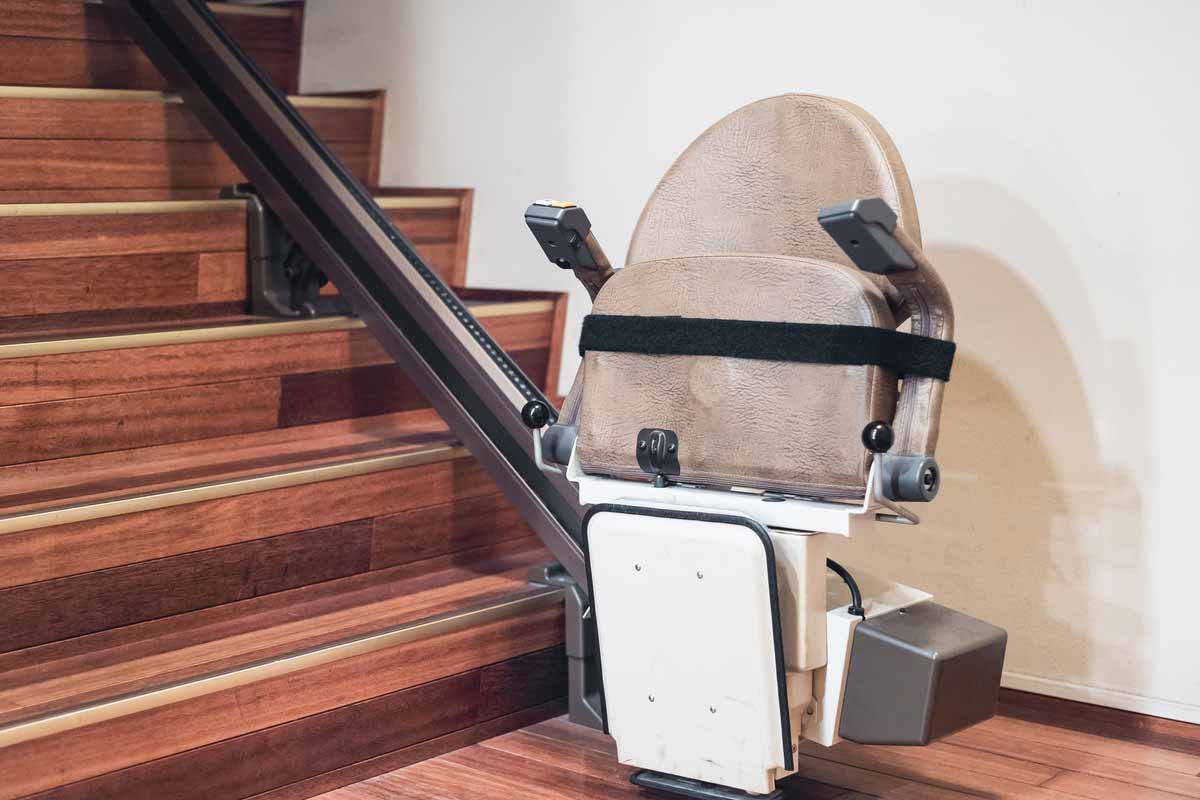
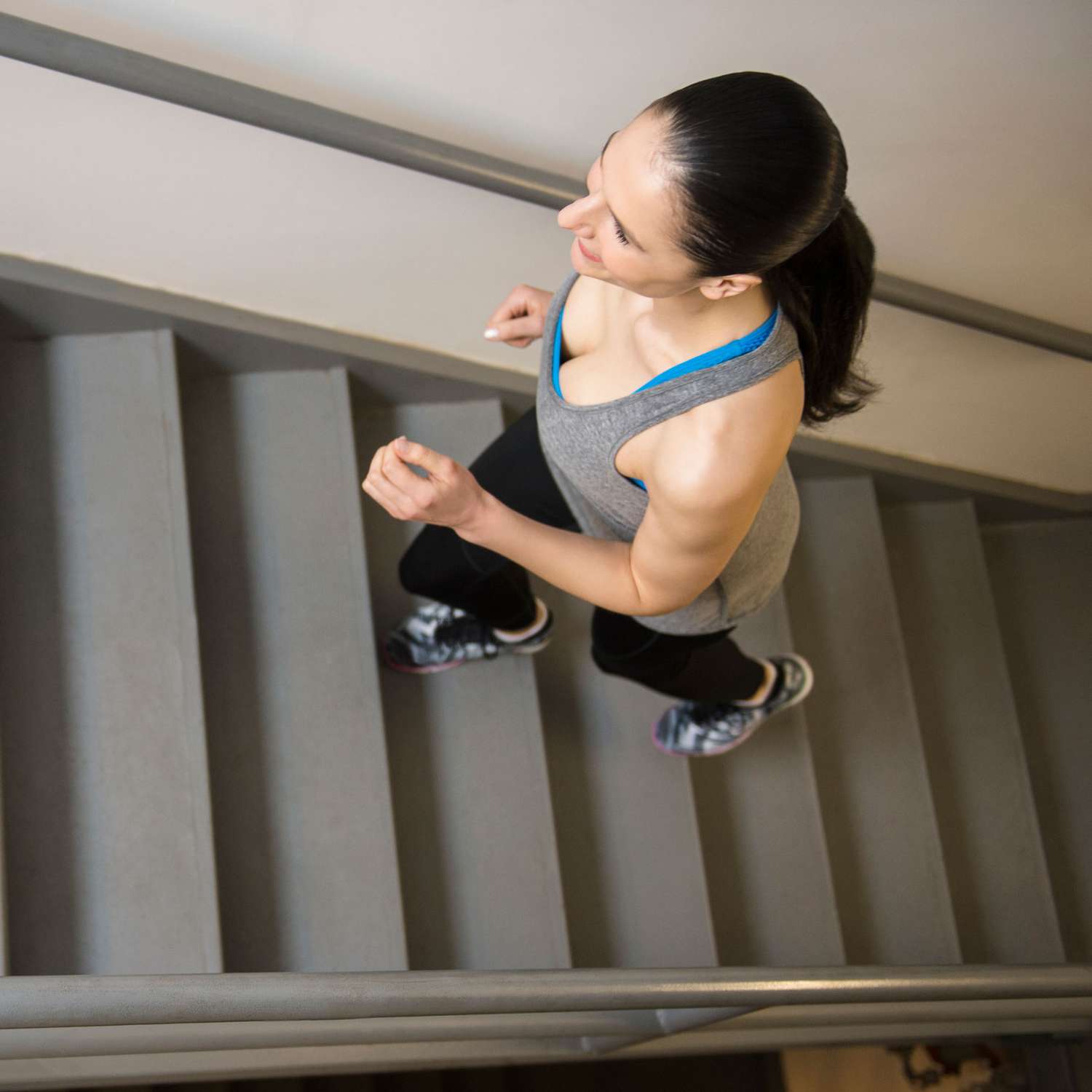






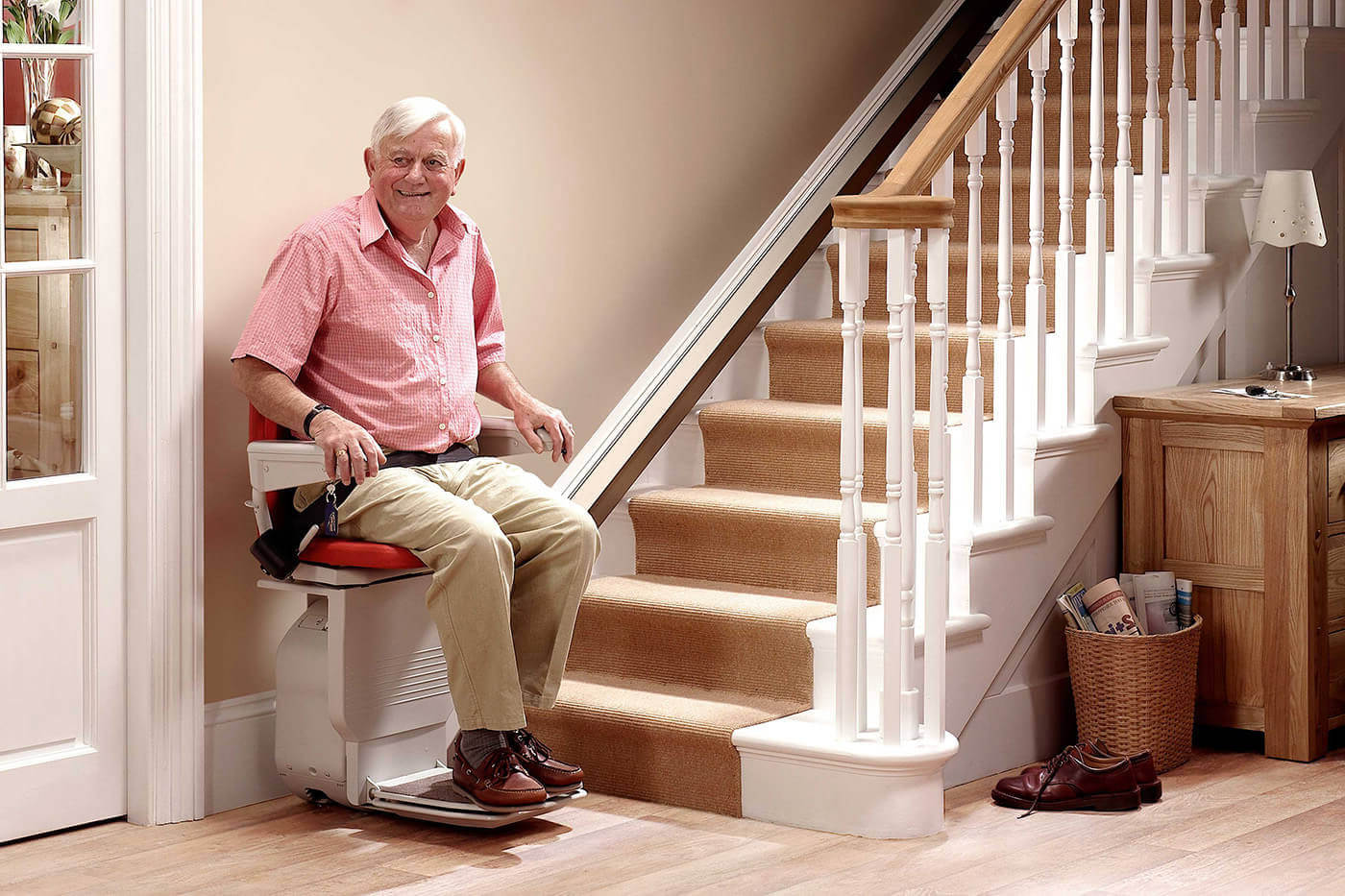
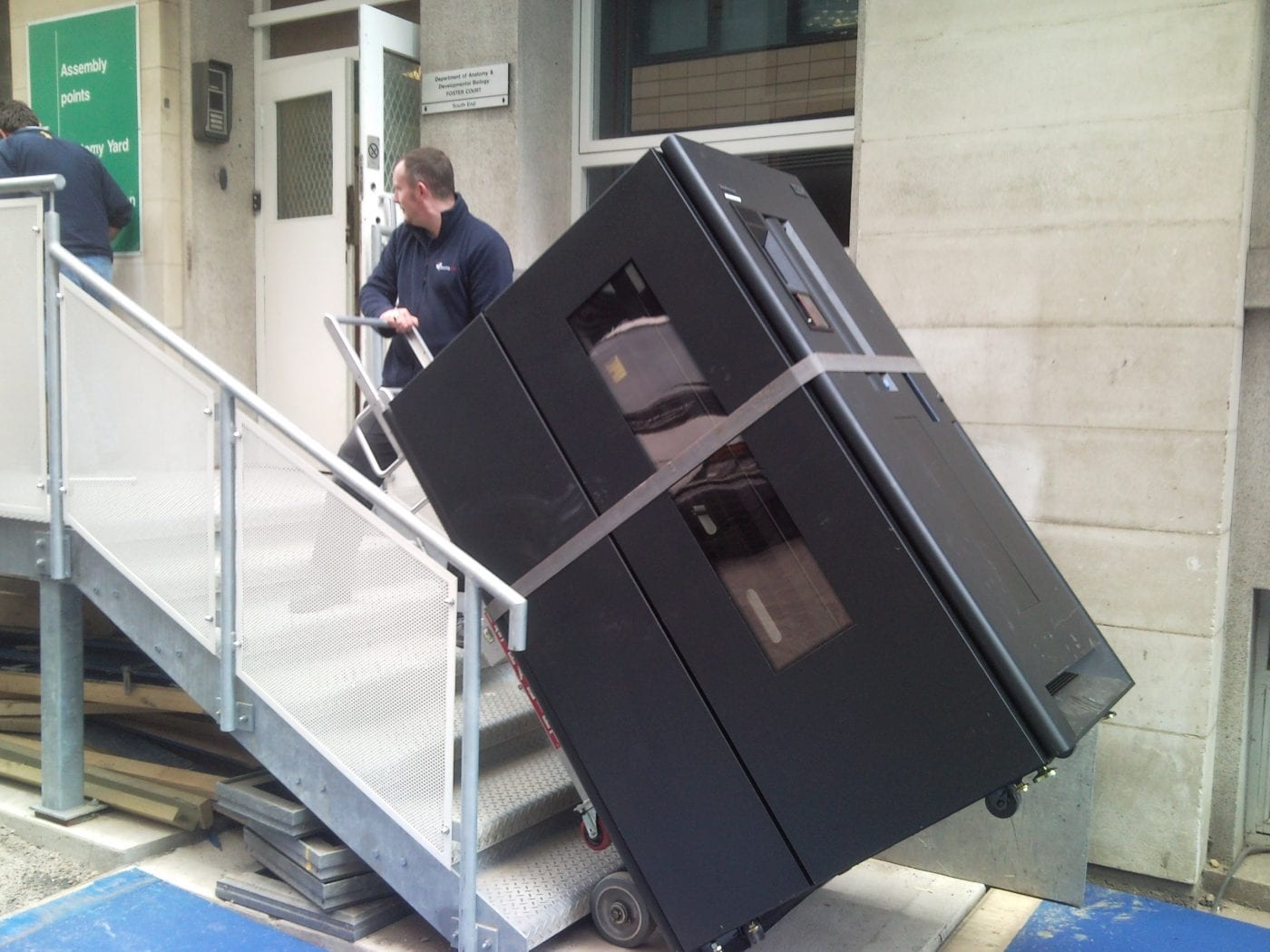

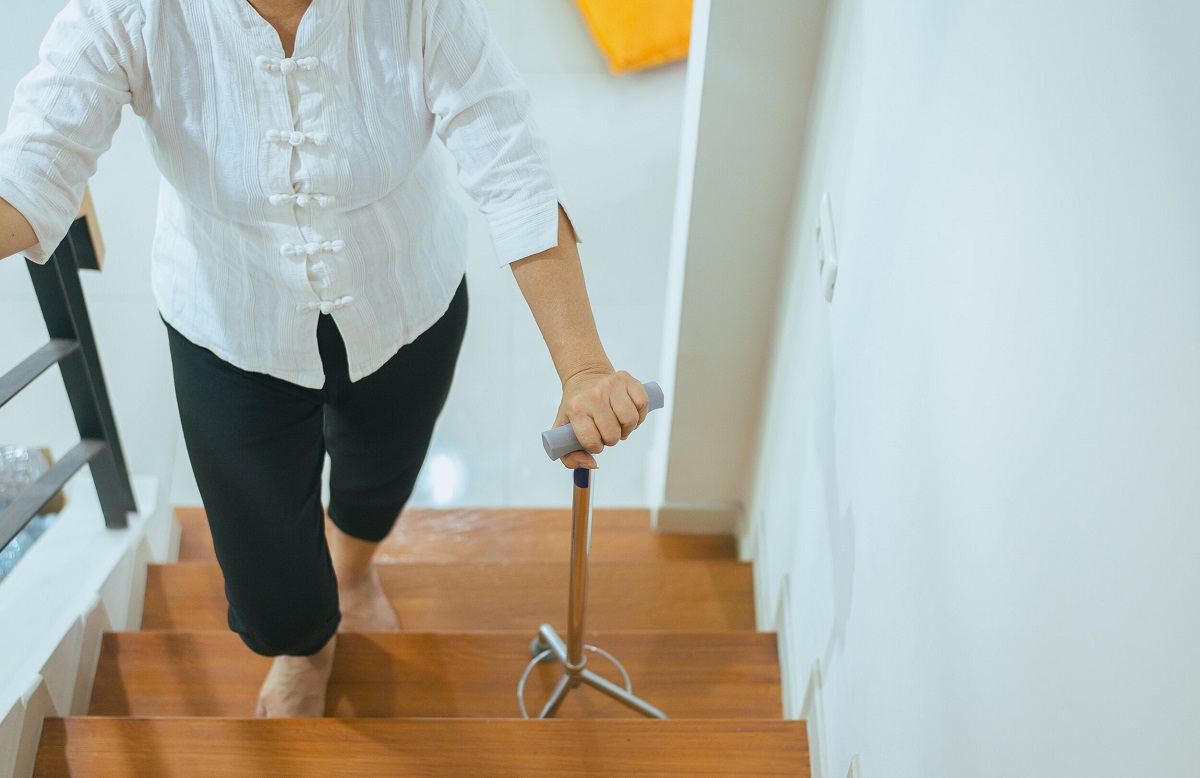
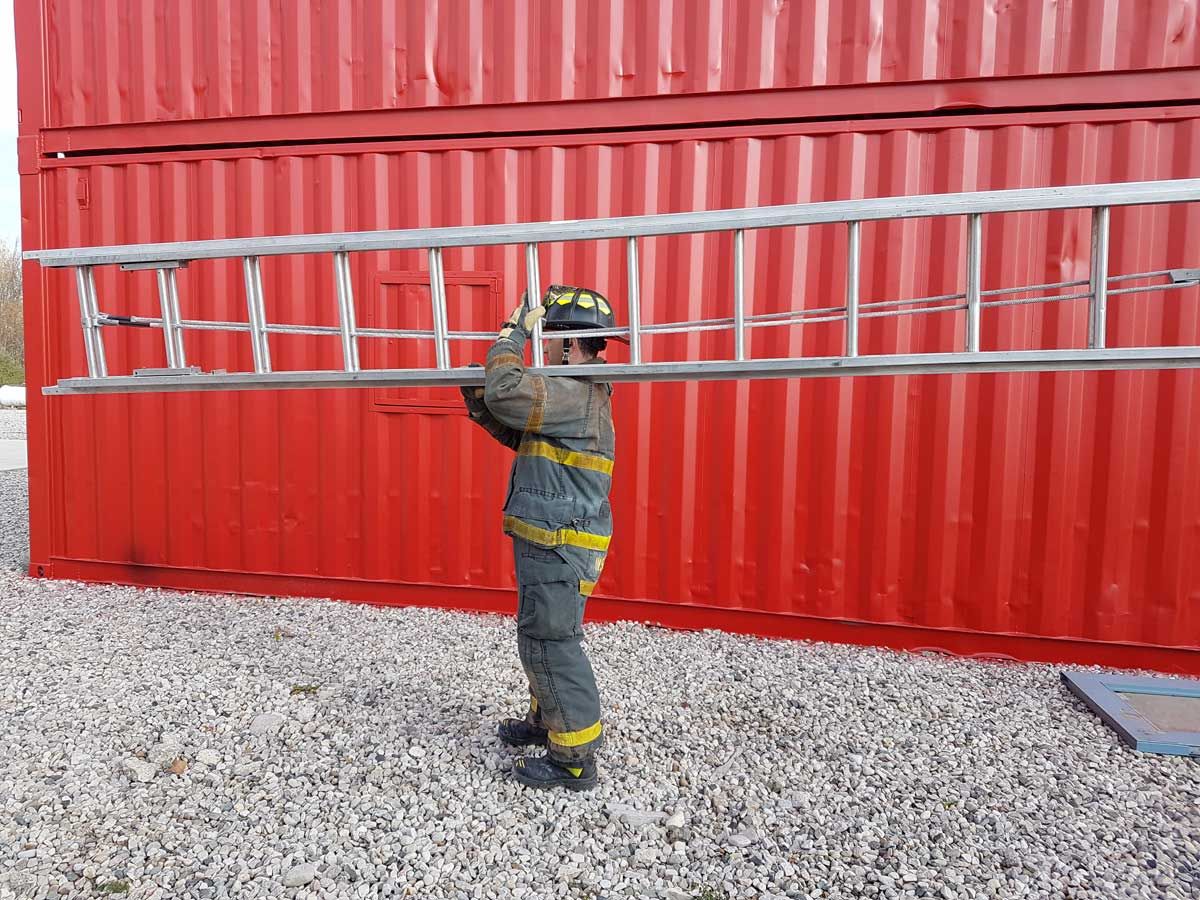

0 thoughts on “How To Carry Something Heavy Up Stairs”